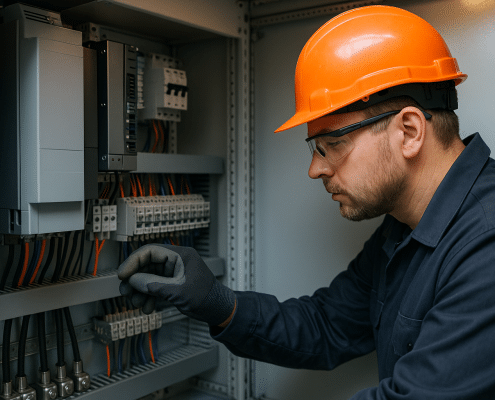
VFD Won’t Start? Fix Control Wiring Errors Fast
Estimated reading time: 6 minutes
Understanding Why Your VFD Won’t Start
Nothing frustrates a maintenance crew faster than pressing the start button and watching the motor sit idle. If your VFD won’t start, the culprit is usually…
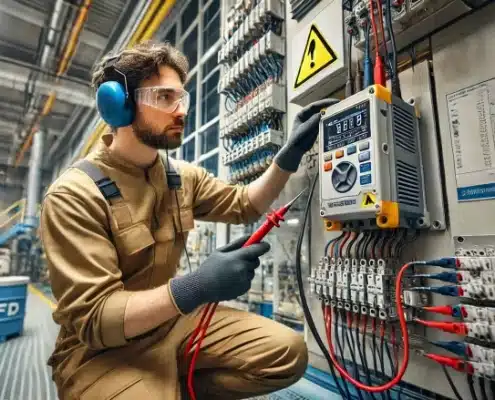
VFD Auto tune: Setup, Troubleshooting & Best Practices
Estimated reading time: 11 minutes
Variable Frequency Drives (VFDs) are widely used to control motor speed and torque in industrial and commercial applications. However, to get the best performance from a VFD, you must take advantage of…
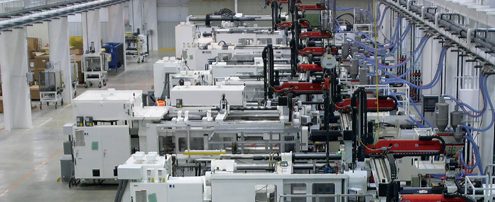
Difference between Eaton SVX9000 and SPX9000 adjustable speed drives
The difference between Eaton SVX9000 and SPX9000? Many Eaton customers call or email asking "what is the difference between Eaton SVX9000 and SPX9000?" There is only a small difference between the two drives other than a letter and the price.…
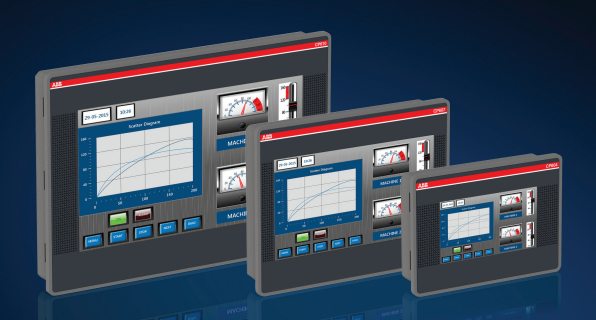
HMI Solutions
HMI solutions allow for interactive operation and control between humans and machines. An HMI (human-machine interface) provides feedback from the industrial machine to the end user. This feedback allows the end user to make changes so that…
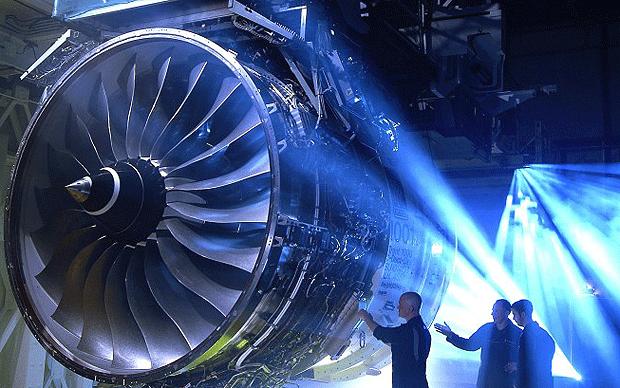
Eaton VFD Motor Drives
Eaton VFD motor drives can reduce energy consumption in factories from 10 to 50 percent. Technicians achieve this energy reduction through motor speed reduction. Since most equipment does not require the full load motor speed for effective…

AC Tech VFD Drives
Lenze Americas is the manufacturer of AC Tech VFD drives. AC Tech VFD drives are high-performance products used to optimize new and existing machinery for production. Lenze Americas is one of the leading drive and automation specialists in the…
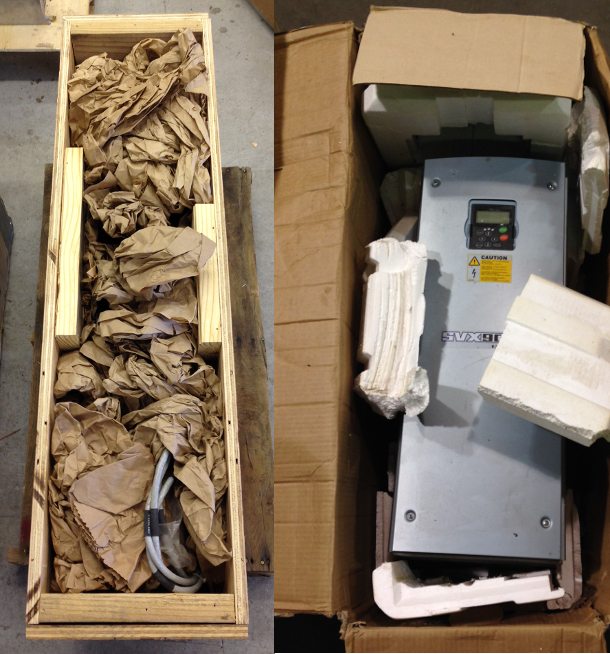
Eaton Overcurrent Protection
Eaton overcurrent protection and Eaton current control for the Eaton 9000X drive is based on motor current measurement in all three phases. In the Frame 9/ Chassis 61 Eaton drives, the current sensors are built into the IGBT SKIP modules,…

Inverter Repair
Most inverter repair can be prevented with routine maintenance. Inverter repair costs and lead times can also be reduced with routine maintenance. Inverter repair can be expensive and also cost manufacturers production downtime while the inverter…

Shipping A VFD
Shipping a VFD (variable frequency drive) safely is important because electronic components can be easily damaged due to poor packaging. When shipping a VFD, the first step to safely package the VFD is to locate an appropriate size box…

AC Tech mc series manual & Lenze smvector drive
If you need any AC Tech variable frequency drive literature, everything you're looking for can be found right here on our website. Simply click the Manuals tab in the top right corner of this page. The following AC Tech literature can be found…

download Lenze AC Tech smv literature manual
If you need any AC Tech variable frequency drive literature, everything you're looking for can be found right here on our website. Simply click the Manuals tab in the top right corner of this page. The following AC Tech literature can be found…

FAQ :: VFDs | Should I Use An Inverted Rated Motor On VFD Applications?
Many electricians apply Variable Frequency Drives (VFDs) to AC Motors that are not inverter rated. Many are not even aware that inverter rated motors exist.
Inverter rated motors are not required for inverter applications, however, when…





